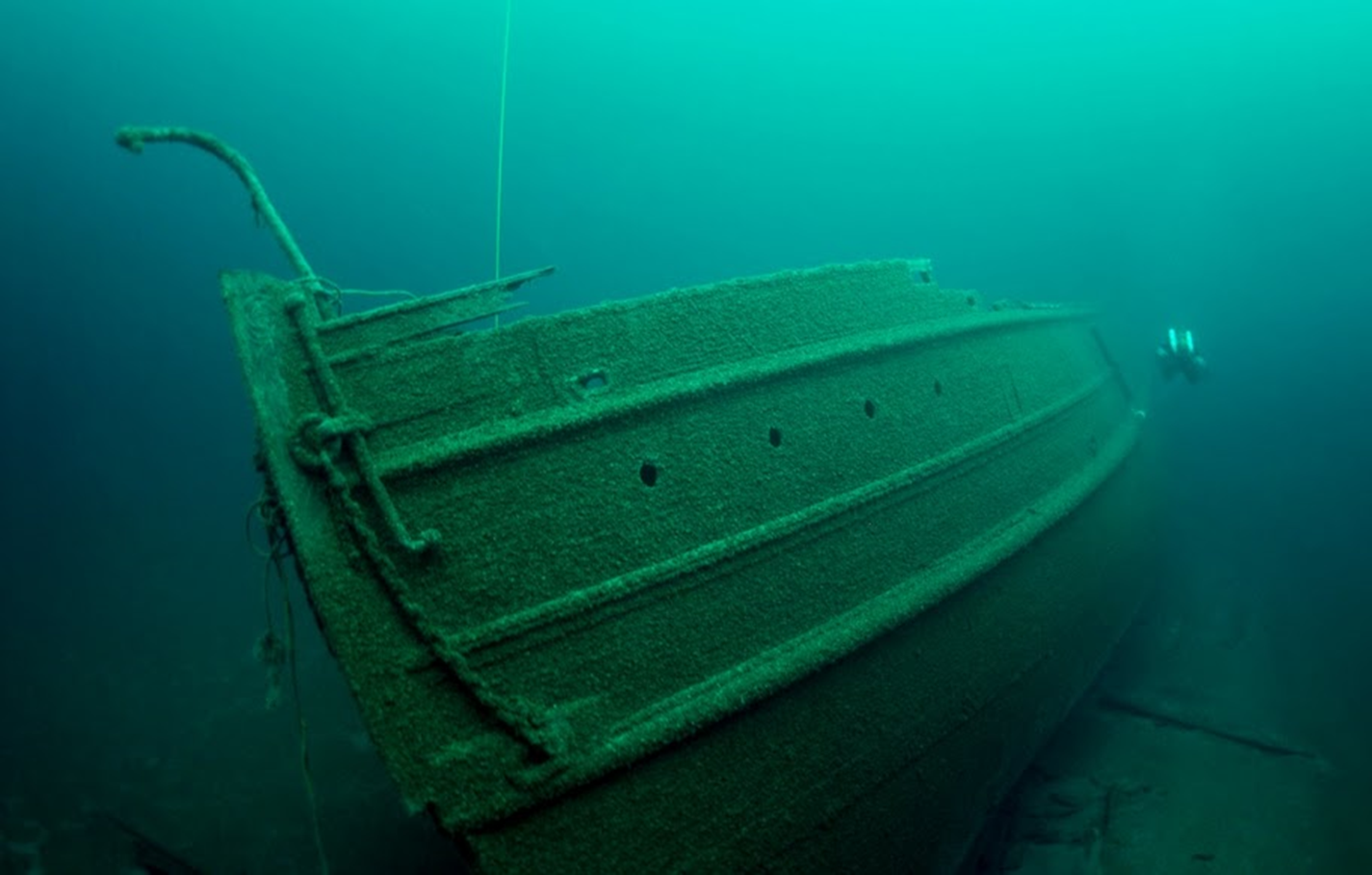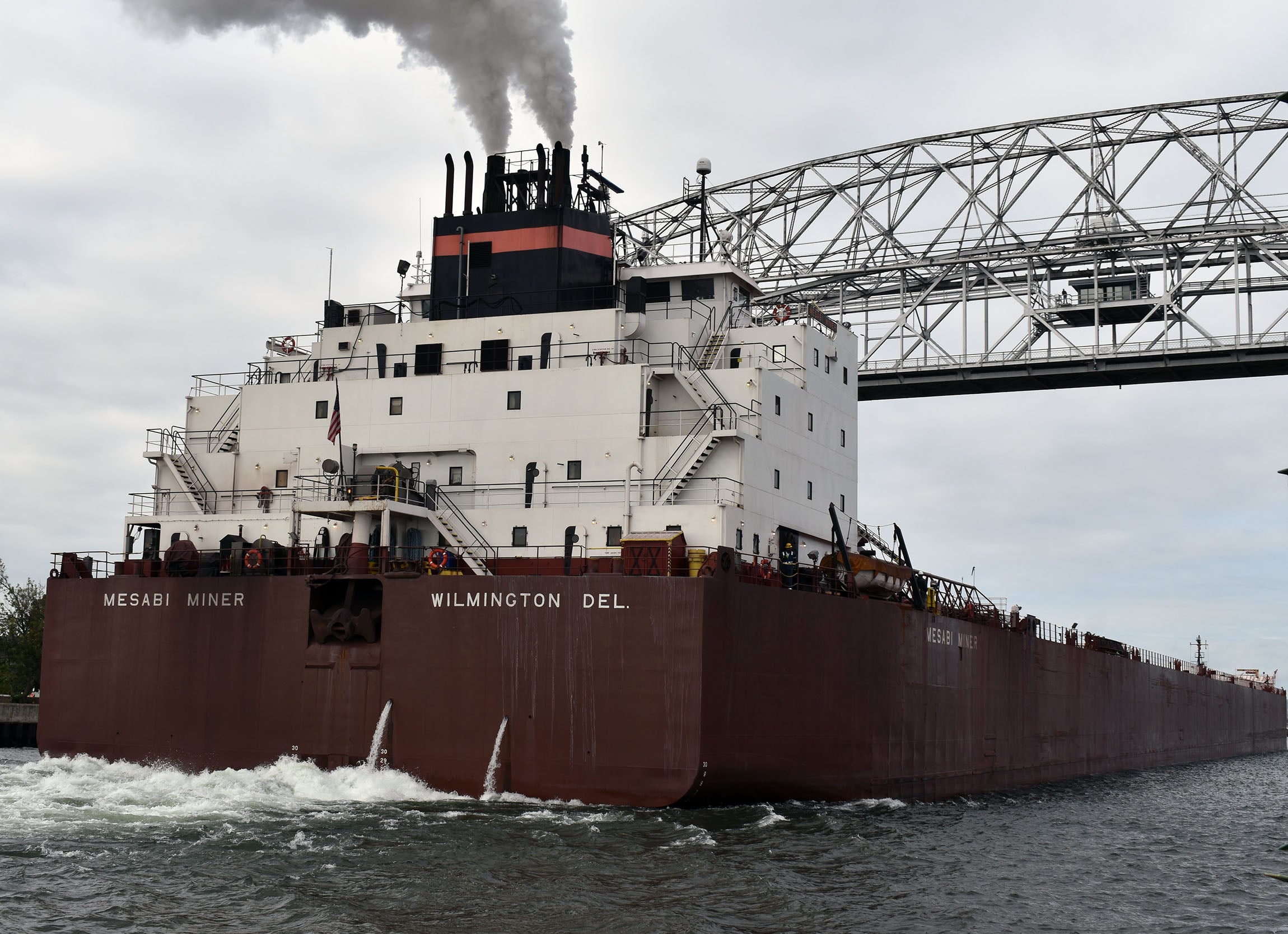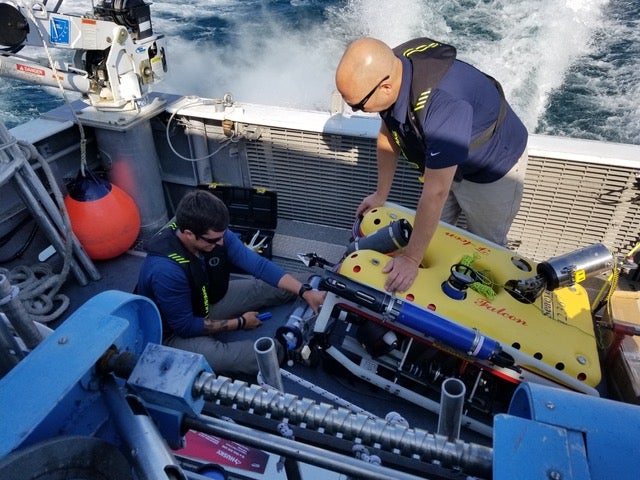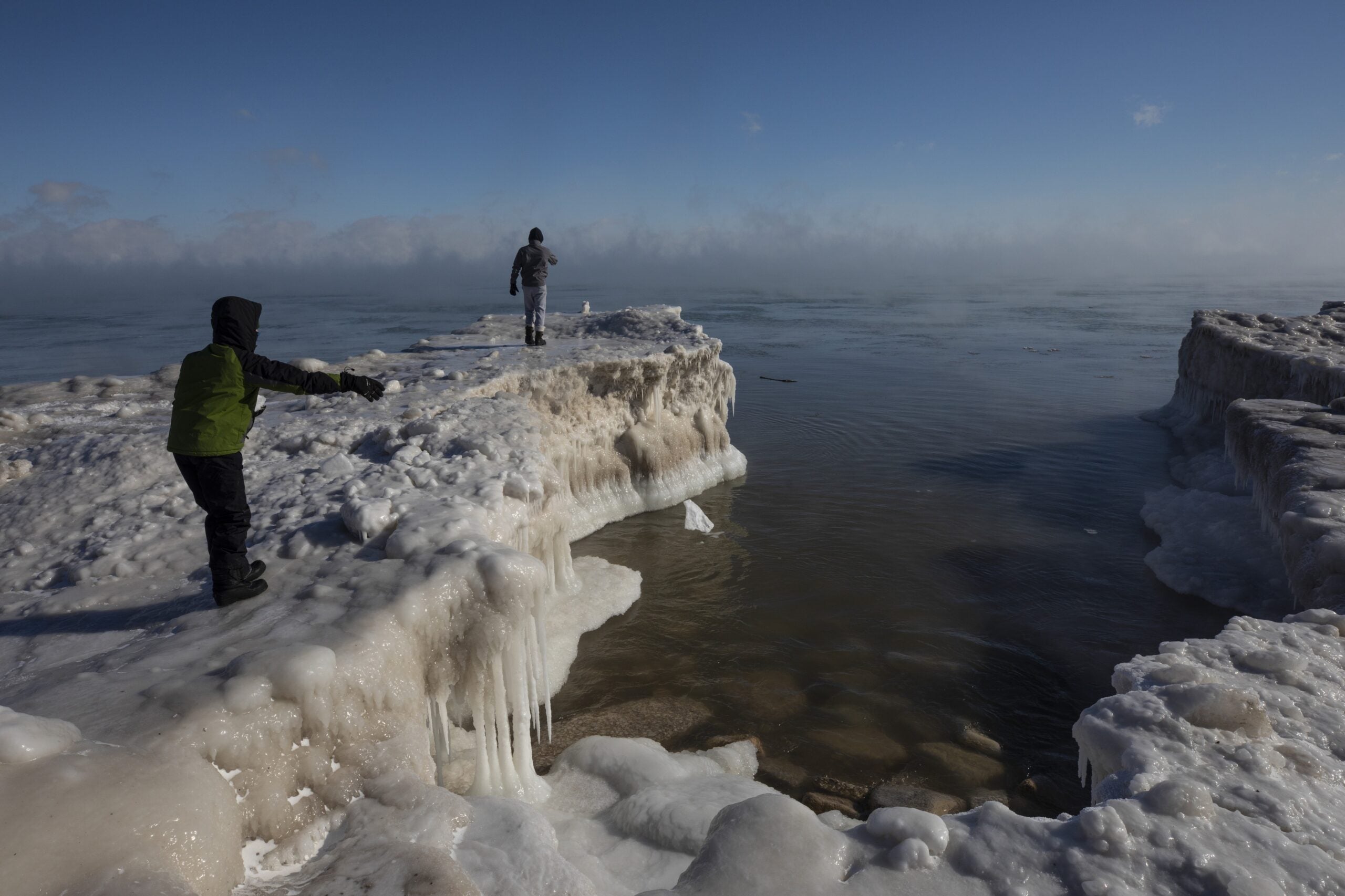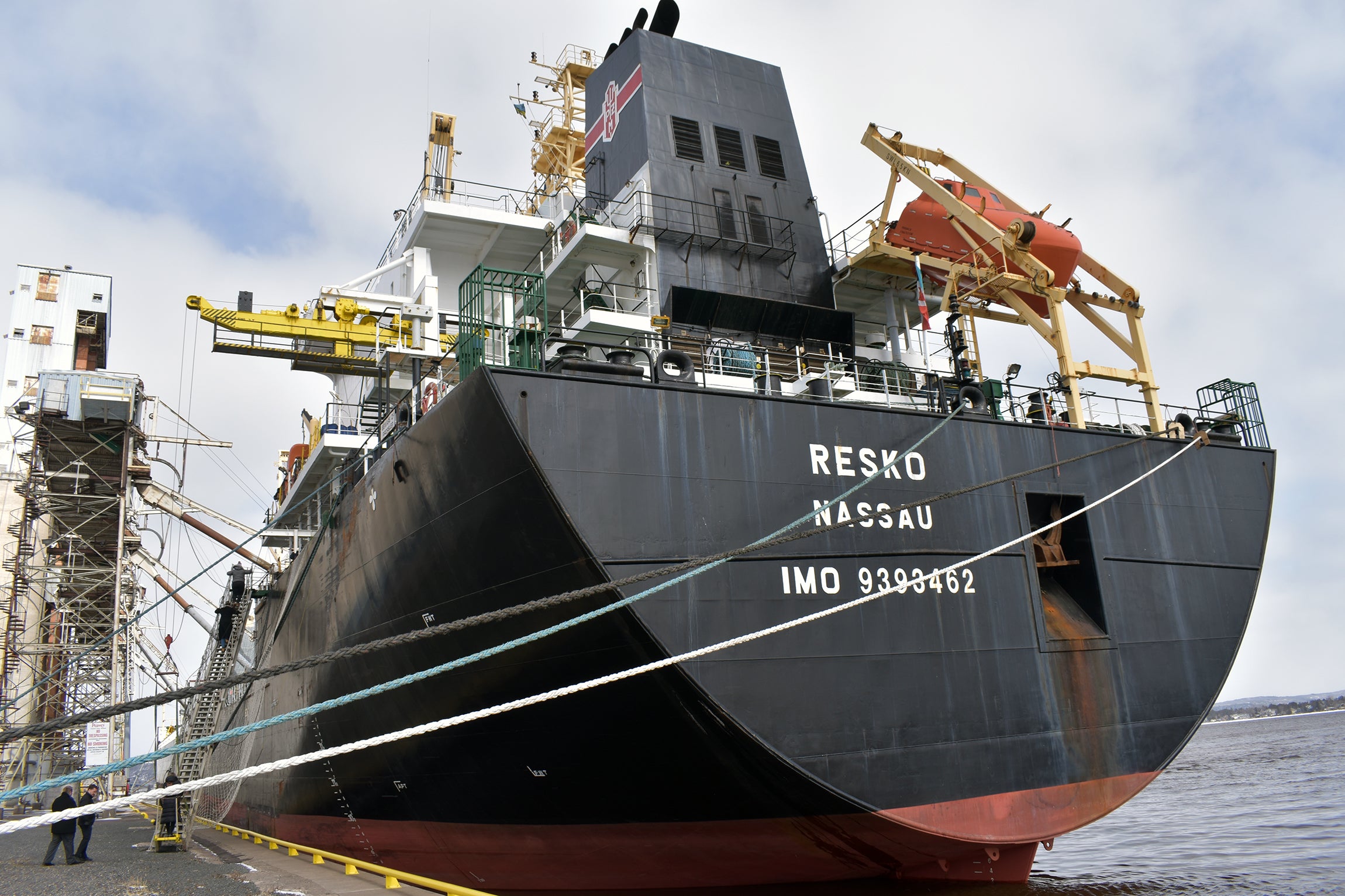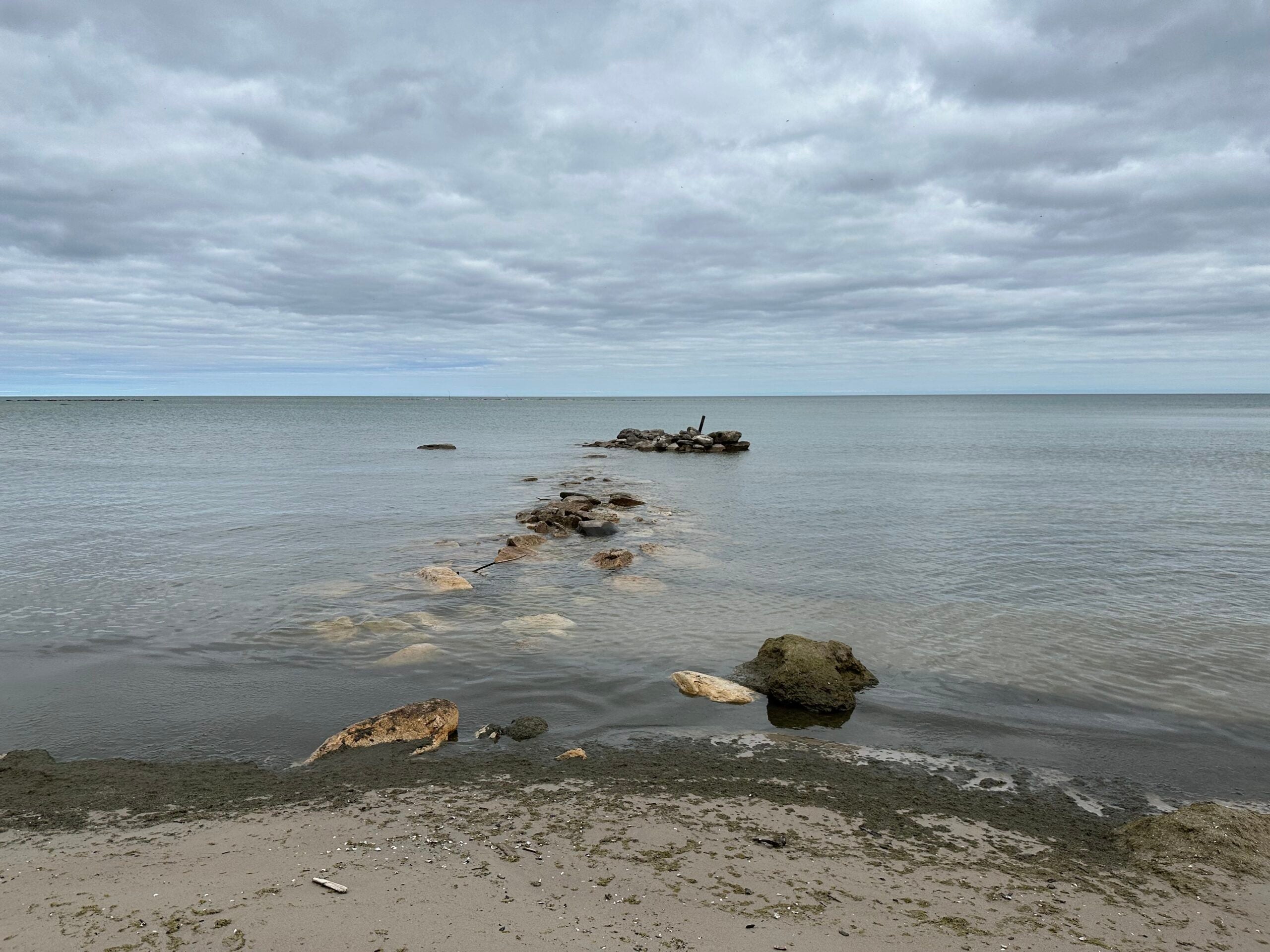At least 36 known shipwrecks off the eastern coast of Wisconsin will get more protection since the National Oceanic and Atmospheric Administration established a sanctuary there in late June.
The Wisconsin Shipwreck Coast National Marine Sanctuary is a 962-square-mile portion of Lake Michigan from southern Kewanee County to Ozaukee County that covers four famous ports — Two Rivers, Manitowoc, Sheboygan and Port Washington.
Cathy Green, an underwater archeologist and executive director of the Wisconsin Maritime Museum, said the four ports have worked with the state since 2014 to submit a nomination to NOAA. The designation was announced June 22. The sanctuary status means shipwrecked sites in the designated area can’t be anchored onto directly. Instead, NOAA will install permanent anchor systems that boats can attach to, to prevent disruption to these sites.
Stay informed on the latest news
Sign up for WPR’s email newsletter.
“As part of the management of these sites, NOAA will be putting out shipwreck mooring buoys to make it easier for dive boats to locate and divers to descend and ascend from the sites and then also preventing sites from inadvertent anchor damage,” she said.
Additionally, the site’s sanctuary status will bring more opportunities for research, education and community engagement, according to NOAA.
NOAA’s Office of National Marine Sanctuaries protects more than 600,000 square miles that encompasses 15 national marine sanctuaries and two marine national monuments. They all are different. Some protect wildlife populations, fragile coral reefs or combinations of resources, Green said.
“The one here in Wisconsin and Lake Michigan really focuses on those archeological resources,” she said. Protecting these sites is important in the role of preserving the state’s history, Green said. These vessels carried the resources that early residents of the state used to build ports and major cities.
More research into these sites is needed to help locate more shipwrecks, Green said. It’s estimated that within the protected area, there are at least 59 potential shipwrecks that have yet to be discovered. Those estimates come from historical research, including lightkeeper logs and insurance records.
“I think one of the most exciting things about sanctuary designation is that there will be more tools, more resources to be looking for new sites,” she said.
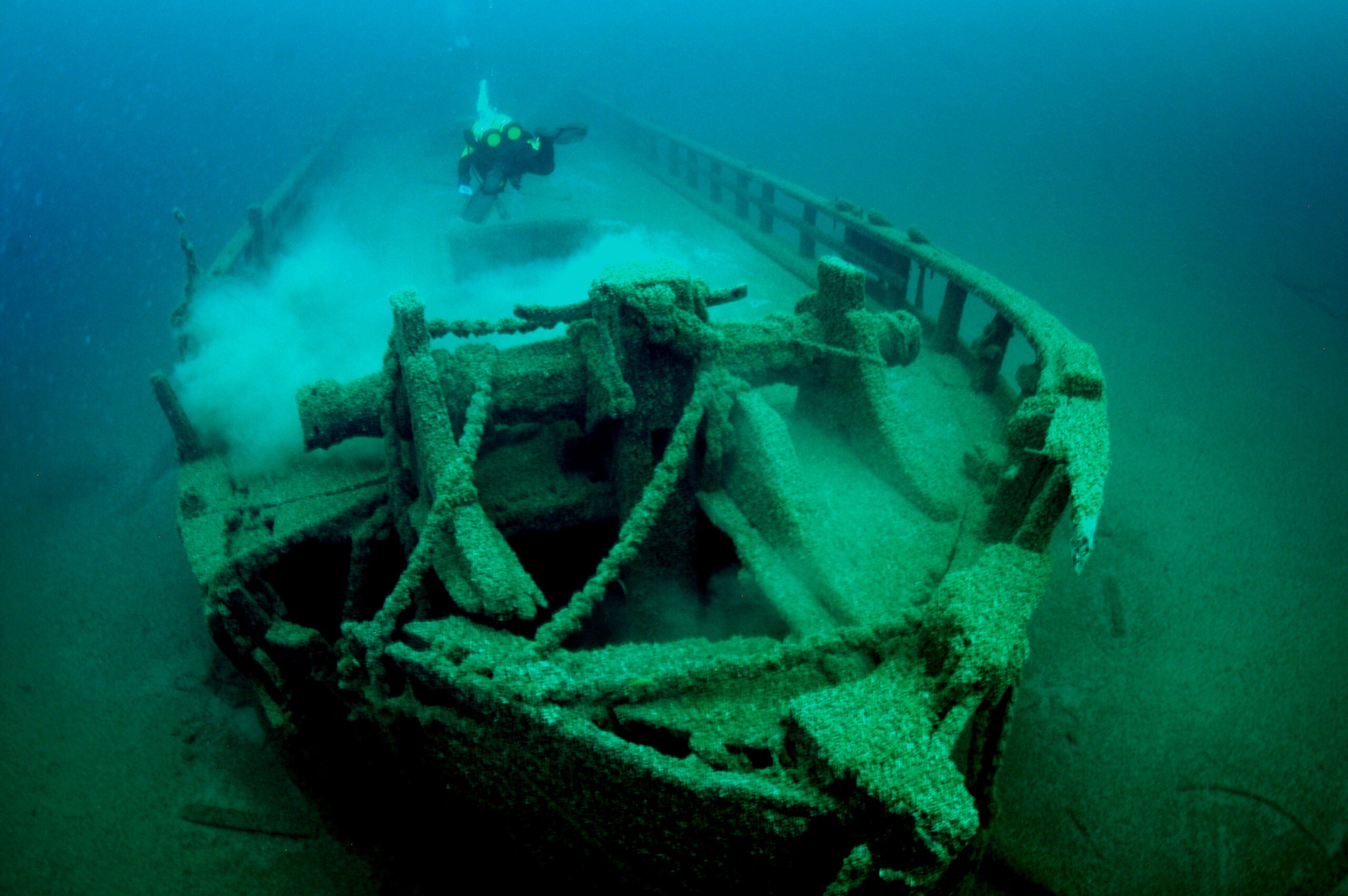
Most of the discovered shipwrecks have been found either by local divers and wreck hunters or by the state, which has stewarded these historic sites for more than 30 years.
But, there’s a lot of Lake Michigan out there, Green said, and so searching for these ships will continue with remote sensing techniques such as sonar and from drones searching from above.
Green said the shipwrecks in the Great Lakes are in great shape, especially compared to those in the oceans. That’s due to the lake’s cold and fresh water. In fact, Green said excavating these ships is not an option because they’d essentially be destroyed in the process.
“It’s like putting these vessels in a freezer, frozen in time,” she said. “But if you brought them up from that environment, they would dry out, and they would deteriorate very quickly.”
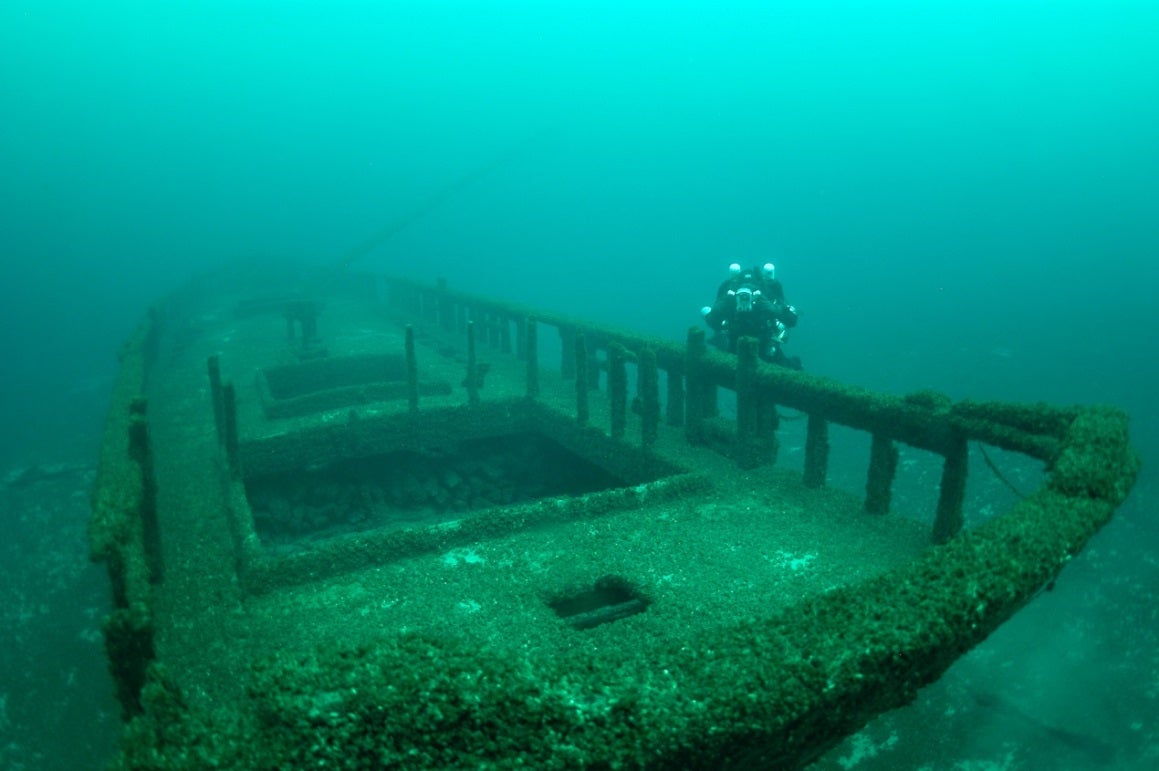
The shipwrecks protected by this designation are mostly from a period of heavy shipping on the Great Lakes, specifically from the 1830s to 1930s. Buried underwater are wooden schooners and steamers including iron- and steel-hulled ships.
One of the shipwrecks under the sanctuary designation is the Niagara, a passenger side-wheel steamboat built in 1845 that sank in 1856. It caught fire off of Port Washington and sank pretty quickly about a mile from the shore, killing 60 people.
Another is the Selah Chamberlain, which was built in 1873. Bound for Escanaba, Michigan from Milwaukee, this steam barge met inclement weather and ended up colliding with another vessel. Five were killed.
Without radio communication or radar back then, ships were victims of collisions, either with other ships or the bottom of the lake. Some sprung leaks and others were unstable and capsized. Bad weather was a major factor, too.
“Of course, anyone who’s familiar with the lakes, especially in the winter around here, knows that they can be pretty treacherous,” she said.
Wisconsin Public Radio, © Copyright 2025, Board of Regents of the University of Wisconsin System and Wisconsin Educational Communications Board.

